Importance of Diet
According to the Principles of Ayurveda, food is medicine. Food is a source of life, and digestion is the basis of health. How you eat is as important as what you eat, because the quality of digestion is affected by the condition of the mind, the emotion and environment.
Following a specific diet during the treatment is essential for fast improvements in your health conditions. By just following a diet regimen in accordance with your body type and constitution, you will experience an amazing 20-30% improvement of your health conditions. That is the power of diet.
Your vaidya will suggest the right diet combination for you after the pulse diagnosis consultation.
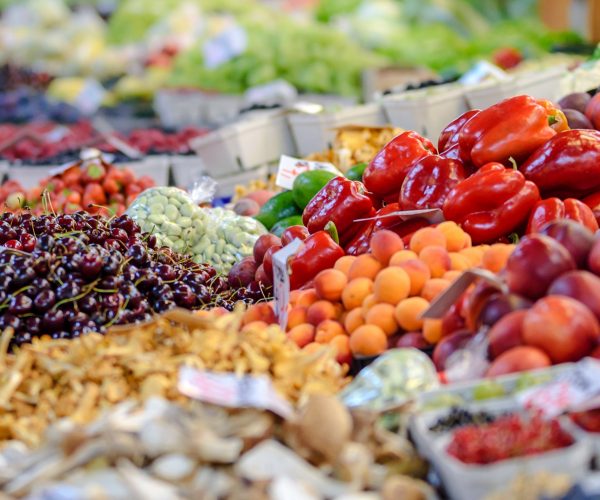
Sattvic Diet
Sattvic diet is a diet based on foods in Ayurveda and Yoga literature that contain sattva quality (guna). In this system of dietary classification, foods that harm the mind or body are considered Tamasic, while those that are neither positive or negative are considered Rajasic.
Sattvic diet is meant to include food and eating habit that is “pure, essential, natural, vital, energy-containing, clean, conscious, true, honest, wise”.
Sattvic diet is a regimen that places emphasis on seasonal foods, fruits, dairy products, nuts, seeds, oils, ripe vegetables, legumes, whole grains, and non-meat based proteins.
Legumes
Mung beans, lentils, yellow split peas, chickpeas, aduki beans, common beans, organic tofu, and bean sprouts are considered sattvic if well prepared. In general, the smaller the bean, the easier to digest.
Preparations include splitting, peeling, grinding, soaking, sprouting, cooking and spicing. Legumes combined with whole grains can offer a complete protein source. Some yogis consider the mung bean to be the only sattvic legume. Convalescent food in ayurvedic diet includes soups made with lentils.
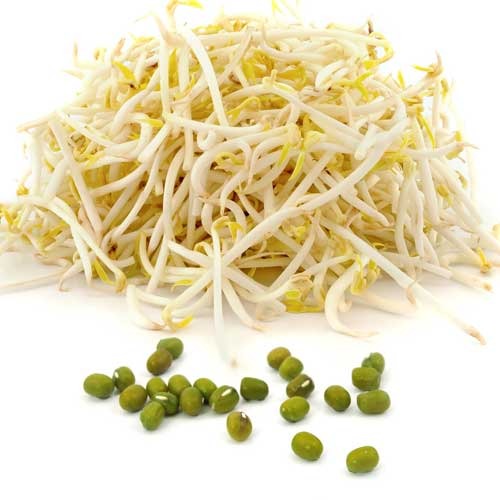
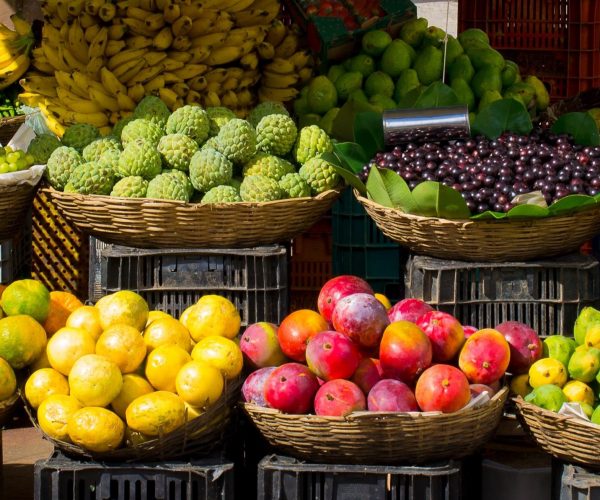
Fruit
Fruits are the major part of the sattvic diet and all fruits are sattvic.Sweet, ripe fruits provide valuable nutrients to the body. You will notice more energy and happiness from eating fresh organic fruits on a daily basis. In ayurveda, fruits are also valued for their ability to cleanse the body of toxins.
Fruits are best eaten in the morning or for a snack separate from other foods. As far as possible, shop for fruit at farmers markets or local orchards — supermarket fruit may have been artificially ripened, and therefore have lost some of its nutritive value.
Whole grains
Whole grains provide nourishment. Some include organic rice, oatmeal and barley.
Sometimes the grains are lightly roasted before cooking to remove some of their heavy quality. Yeasted breads are not recommended, unless toasted.
Some preparations are kicharee (brown or white basmati rice cooked with whole or split mung beans, ghee and mild spices), kheer (rice cooked with milk and sweetened), porridge (sometimes made very watery and cooked with herbs), and “Bible” bread (sprouted grain bread). Sometimes yogis will fast from grains during special practices.
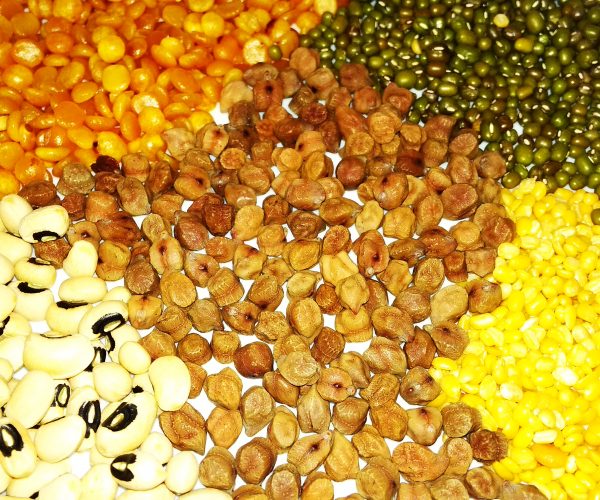
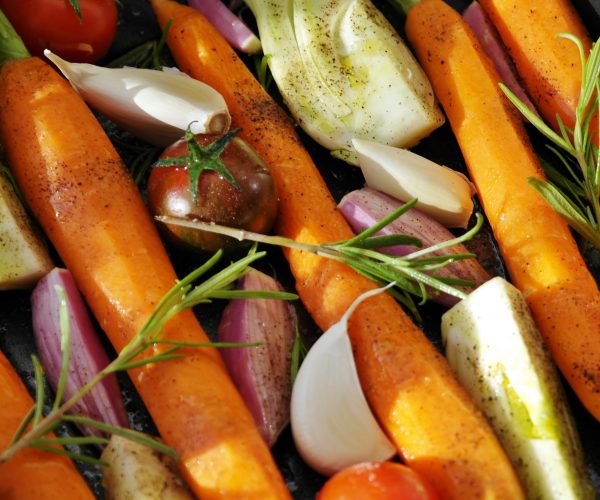
Vegetables
Most mild vegetables are considered sattvic. Pungent vegetables like hot peppers, leek, garlic and onion are excluded, as are gas-forming foods such as mushrooms (tamasic, as are all fungi) and potatoes.
Some consider tomatoes, peppers, eggplants, and potatoes as sattvic, but most consider the Allium family (garlic, onion, leeks, shallots), as well as fungus (yeasts, molds, and mushrooms) as not sattvic. The classification of whether something is sattvic or not is defined largely by the different schools of thought, and – even then – individually, depending on the understanding and needs of practitioners.
Sometimes the given nature of certain foods can be neutralised by careful preparation. A practice is to drink freshly made vegetable juices for their prana, live enzymes, and easy absorption.
